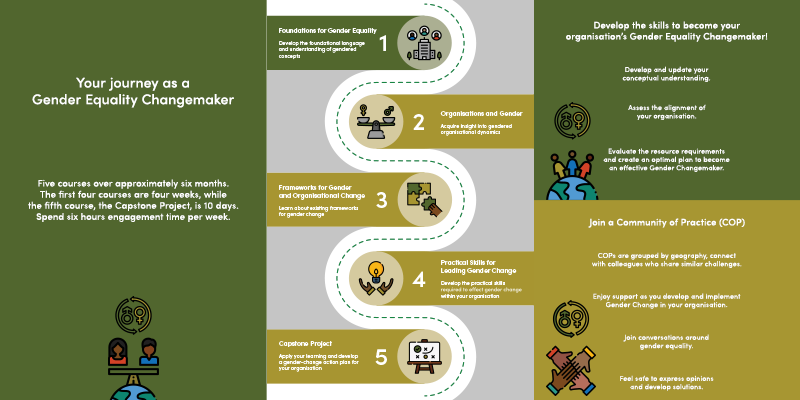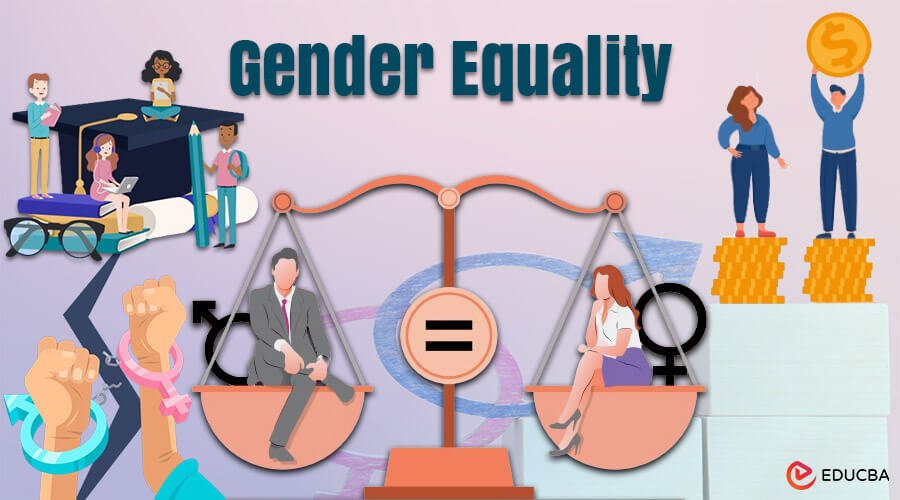The Path to Gender Equality: Lessons from Global Movements
Introduction
The journey toward gender equality has been shaped by global movements and the tireless efforts of advocates around the world. These movements have not only highlighted gender disparities but have also driven significant changes in policies, attitudes, and practices. This article explores key lessons learned from global movements for gender equality and how these insights can guide ongoing efforts to create a more equitable world.
Key Global Movements and Their Impact
The Women’s Suffrage Movement
Early Achievements
The Women’s Suffrage Movement marked a pivotal moment in the fight for gender equality:
- Historical Milestones: Achieving the right to vote was a foundational step in recognizing women’s rights and political participation.
- International Influence: The suffrage movement inspired similar efforts globally, leading to increased political rights for women in various countries.
Lessons Learned
The suffrage movement demonstrates the importance of:
- Advocacy and Mobilization: Grassroots efforts and advocacy can lead to significant legal and social changes.
- Global Solidarity: International support and solidarity amplify the impact of local movements.
The Feminist Movements of the 20th Century
Expanding the Agenda
The feminist movements of the 20th century addressed a broad range of issues:
- Equal Pay and Employment: Advocacy for equal pay and non-discriminatory employment practices became central to feminist agendas.
- Reproductive Rights: Feminists fought for reproductive rights and access to healthcare, challenging restrictive laws and policies.
Lessons Learned
Key lessons from these movements include:
- Intersectionality: Recognizing the diverse experiences of individuals based on race, class, and other factors is crucial for inclusive advocacy.
- Policy and Legal Reforms: Systemic change often requires comprehensive policy and legal reforms.
The LGBTQ+ Rights Movement
Advancing Equality
The LGBTQ+ rights movement has made significant strides in advancing gender and sexual orientation equality:
- Legal Recognition: Achievements include marriage equality and anti-discrimination laws protecting LGBTQ+ individuals.
- Social Acceptance: Increased visibility and acceptance have been key to challenging prejudices and stereotypes.
Lessons Learned
The LGBTQ+ rights movement highlights the importance of:
- Visibility and Representation: Visibility of marginalized groups can drive societal change and policy reform.
- Intersectional Advocacy: Addressing issues that affect multiple aspects of identity fosters a more inclusive approach to equality.
Strategies for Advancing Gender Equality
Building Inclusive Coalitions
Collaborating Across Movements
Building coalitions with diverse groups enhances the effectiveness of gender equality efforts:
- Cross-Sector Partnerships: Collaborate with organizations across different sectors to address overlapping issues.
- Shared Goals: Align goals and strategies with other movements to create a unified approach to gender equality.
Case Example: The #MeToo Movement
The #MeToo movement’s collaboration with various organizations and advocates has amplified its impact, addressing sexual harassment and violence on a global scale.
Leveraging Technology and Media
Amplifying Voices
Technology and media play a crucial role in advancing gender equality:
- Social Media Campaigns: Use social media platforms to raise awareness, mobilize support, and share stories.
- Digital Advocacy: Leverage technology for advocacy, including online petitions and virtual events.
Case Example: Social Media Activism
Social media campaigns such as #TimesUp and #HeForShe have effectively raised awareness and mobilized global support for gender equality issues.
Promoting Education and Awareness
Educating Future Generations
Education is essential for promoting gender equality and challenging stereotypes:
- Curriculum Development: Incorporate gender studies and diversity education into school curricula.
- Public Awareness Campaigns: Develop campaigns to educate the public on gender issues and promote inclusive attitudes.
Case Example: Gender-Inclusive Education Programs
Programs that integrate gender studies into education systems contribute to long-term cultural shifts and greater understanding of gender equality.
Implementing and Monitoring Policies
Enforcing Legal Reforms
Effective policies and legal reforms are crucial for advancing gender equality:
- Policy Implementation: Ensure that gender equality policies are implemented and enforced effectively.
- Monitoring and Evaluation: Regularly assess the impact of policies and make necessary adjustments.
Case Example: Gender Equality Legislation
Countries with robust gender equality legislation, such as paid family leave and anti-discrimination laws, demonstrate the effectiveness of comprehensive policy approaches.
Future Directions for Gender Equality
Addressing Emerging Challenges
Gender equality efforts must address emerging challenges:
- Economic Inequality: Focus on reducing economic disparities exacerbated by factors such as the digital divide and unequal access to opportunities.
- Global Disparities: Address gender equality issues in diverse global contexts, recognizing regional differences and needs.
Sustaining Momentum
Maintaining momentum requires ongoing commitment:
- Continuous Advocacy: Sustain advocacy efforts to address new issues and reinforce progress made.
- Global Collaboration: Continue fostering global collaboration to share best practices and drive collective action.

Conclusion
Global movements for gender equality have provided valuable lessons and strategies for advancing equity. By building inclusive coalitions, leveraging technology, promoting education, and implementing effective policies, we can continue to make meaningful progress toward gender equality. Addressing emerging challenges and sustaining momentum through ongoing commitment and global collaboration will ensure that the path to gender equality remains active and effective for future generations.



